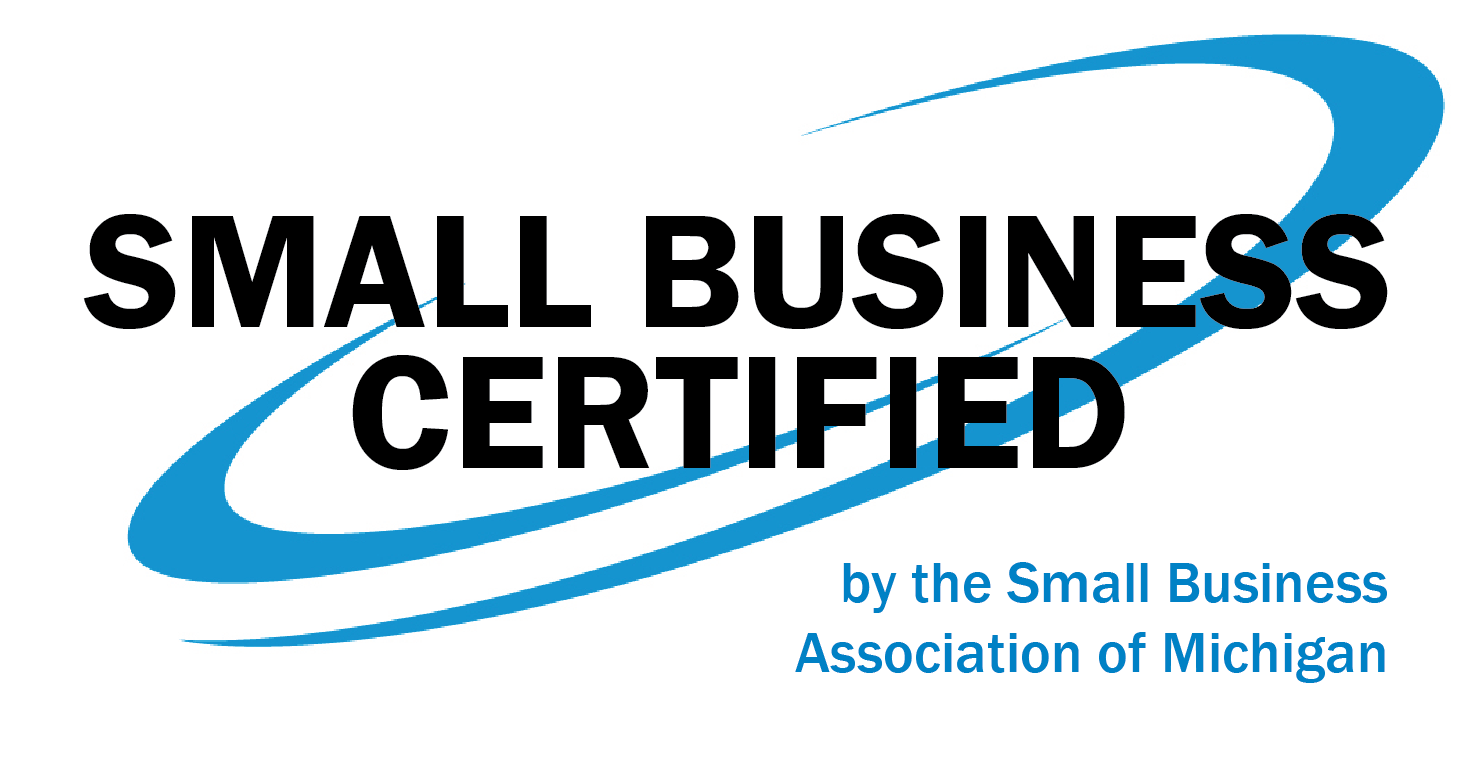MoPac Improvement Project in Austin
|
|
MoPac Expressway is Austin's primary north-south route alternative to I-35 carrying more than 180,000 cars and trucks each day. By 2030, MoPac is projected to serve more than 320,000 cars a day. It was identified as a heavily congested corridor in need of traffic solutions. It is one of Austin's most important arteries, serving as a key route to downtown.
Value Engineering staff assisted in the development of the The environmental study, preliminary engineering and schematic design, which was completed in August 2012 with a Finding of No Significant Impact. Express Lanes with variable pricing were the preferred alternative. |
I-405 Sepulveda Pass Widening Project in Los Angeles
|
|
This project was 10 miles of new northbound high-occupancy vehicle (HOV) lanes Sepulveda Pass from I-10 and US 101. The project was a capacity improvement to fill the last gap in the I-405 carpool lane network. This project reduced commuter time, air pollution and encouraged ride-sharing. The project included moving and replacing three existing bridges and widening 13 bridges, reconstructing 17 ramps, constructing approximately 18 miles of retaining walls and sound walls.
Value Engineering LLC staff developed civil design and maintenance of traffic design for the northern segment of the project from the Skirball Dr to US101. This was located in an area with steep terrain and required signifant retaining walls for the widening. Civil design included horizontal and vertical civil design for cut and fill retaining walls (soil nail, soldier pile and MSE walls), with several retaining walls close to 100 feet tall. Value Engineering LLC staff found ways to optimize grading and retaining walls to limit construction costs and impacts |
I-35Express Project in Dallas
|
|
The 35Express project is 30 miles of widening I-35E in Dallas. The project spans eight cities and two counties. The limits are from from I-635 in Dallas County to US 380 in Denton County. The project will relieve traffic congestion in one of the most heavily traveled corridors in the North Texas region. The project includes construction of managed lanes in the middle of the interstate, adding general purpose lanes, reconstruction of the Beltline Road interchage and FM 407, new shared use path accross Lewisville Lake Bridge, construction of new southbound bridge accross Lewisville lake, capacity improvments along the CD Roads and frontage roads.
Value Engineering staff assisted the development of the schematic design, preliminary engineering and engineer's estimate of probable costs for TxDOT. |
Airport Parkway Project in Jackson, MS
|
|
The purpose of this project was to provide a high speed, controlled access interstate-type direct connect between the City of Jackson and the Jackson International Airport located several miles to the east. The proposed project provided a new crossing of the Pearl River and provide needed relief for truck and commuter traffic along such roadways as MS 25 (Lakeland Drive), MS 468 (Flowood Drive), and U.S. 80. The project also enhanced access between the downtown Jackson and the airport. Specifically, the project would directly connect principle routes in the Jackson area I-55, MS 25 (Lakeland Drive), and MS 475 (Airport Road). This facility also enhanced express bus service and rideshare strategies, as well as to encourage future multi-modal strategies to access the airport.
Value Engineering staff developed civil design for the new tollroad, which included fully directional interchages at the limits of the project and at a proposed junction. The newly designed facility included in 6 toll lanes in addition to proposed frontage roades. |
I-35 Capital Area Improvement Program Mobility Improvements
|
|
The I-35 corridor spans over 1,500 miles miles across the United Sates from the international border with Mexico to Canada. It serves a variety of daily users including commuters, freight trucks, and business travelers. Most of the international trade between Mexico, Canada and the United States is transported along I-35 via commercial trucks and rail. I-35 in Austin is the most congested segment of I-35 in the nation. TxDOT and the city of Austin led a planning level project to improve mobility along and accross I-35 in a highly constrained and developed urban corridor. Innovative traffic concepts were employed to improving mobility wihtout significant impacts from the project. This project included survey, schematic design, feasibility analysis, traffic modeling and traffic analysis.
Civil design and feasiblity analysis was performed to identify impacts, ensure constraints were met, to develop geometrics, R/W requirements and cost estimates. Value Engineering staff assisted traffic analysis and modeling, LiDAR survey data collecton, crash analysis and development of ITS preliminary engineering, managed final NEPA design and analysis of subsequent projects. |
Phone: 517.977.0066 Email: [email protected] On the web: val-engineering.com LinkedIn: Value Engineering LLC


